Time Period: Early Twentieth Century (1901 - 1940) - Starting with K
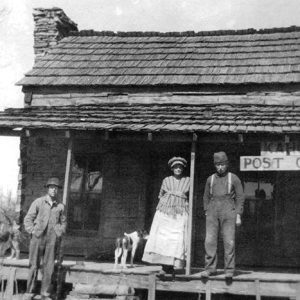 Kahoka Post Office
Kahoka Post Office
Kansas City and Memphis Railway
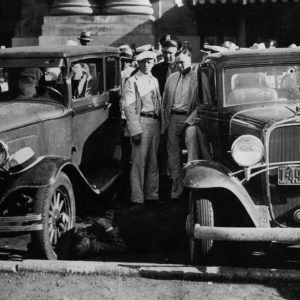 Kansas City Massacre
Kansas City Massacre
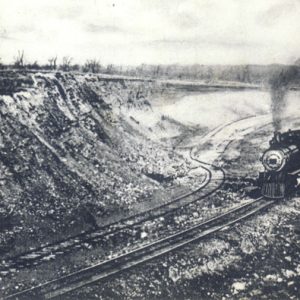 KCS Railway near Gravette
KCS Railway near Gravette
Kansas City Southern Railway
aka: Canadian Pacific Kansas City Limited
Kaplan, Regina
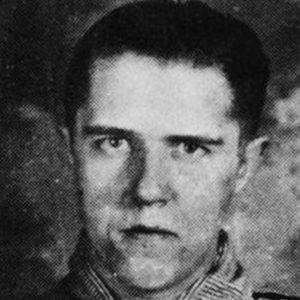 Alvin Karpis
Alvin Karpis
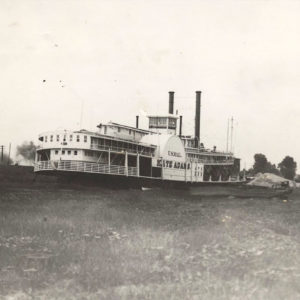 Kate Adams Steamboat
Kate Adams Steamboat
 Kavanaugh Field May Day
Kavanaugh Field May Day
 William Kavanaugh
William Kavanaugh
Kavanaugh, William Marmaduke
Kays House
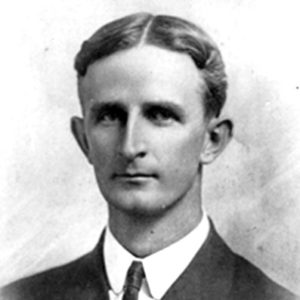 Victor Kays
Victor Kays
Kays, Victor Cicero (V. C.)
 James and Ethel Kearney
James and Ethel Kearney
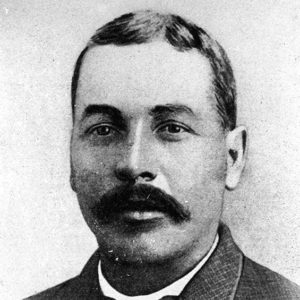 Chester W. Keatts
Chester W. Keatts
Kees, Willie (Lynching of)
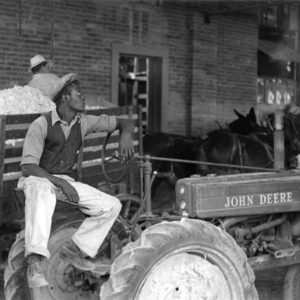 Keiser Cotton
Keiser Cotton
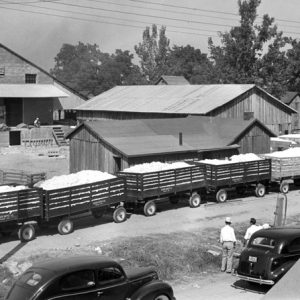 Kaiser Gin
Kaiser Gin
Keiser Waterworks
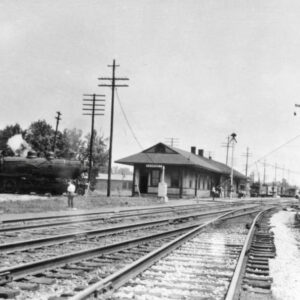 Kensett Depot
Kensett Depot
 Kensett Street Scene
Kensett Street Scene
Keo Commercial Historic District
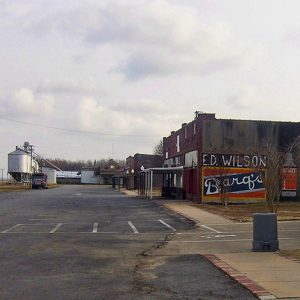 Keo Commercial Historic District
Keo Commercial Historic District
 Kenneth Kersh
Kenneth Kersh
Kessler v. Strecker
Key, Lee (Lynching of)
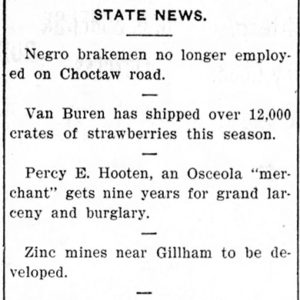 Lee Key Lynching Mention
Lee Key Lynching Mention
 Kihlberg Hotel
Kihlberg Hotel
 Kilgore Hotel
Kilgore Hotel
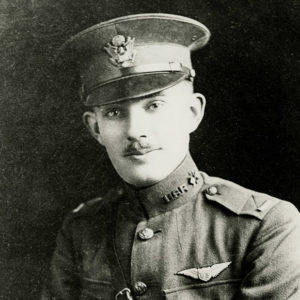 Field Kindley
Field Kindley
 Field Kindley
Field Kindley
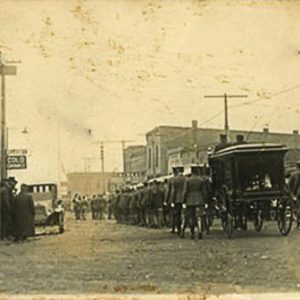 Field Kindley Funeral
Field Kindley Funeral
Kindley, Field Eugene
King Biscuit Time
 King Crowley
King Crowley
King Crowley
King Schoolhouse
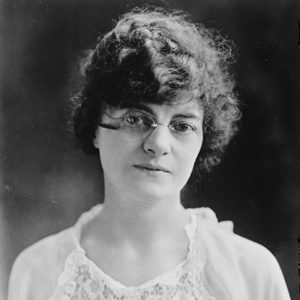 Bertha Hale King
Bertha Hale King
King, Bertha Hale
aka: Bertha Hale White
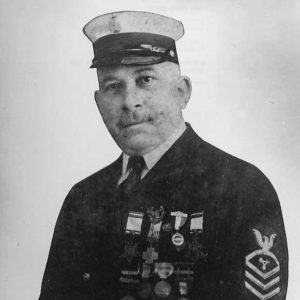 John King
John King
King, John
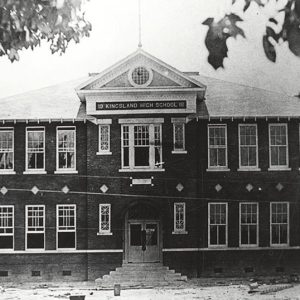 Kingsland High School
Kingsland High School
Kingston School
 Kingston School
Kingston School
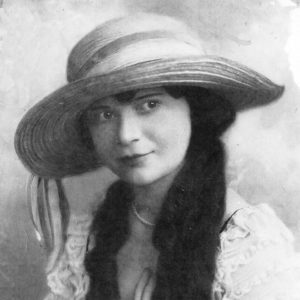 Pearl Kinman
Pearl Kinman
 Kirby Campaign
Kirby Campaign
 William Kirby
William Kirby




